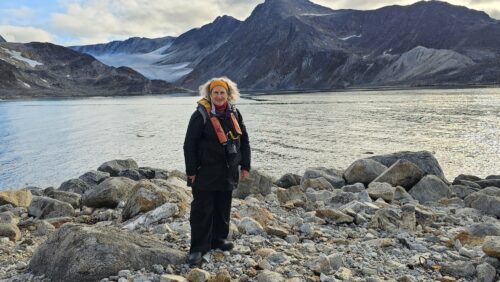
Creating Sustainable Communities through Systems Thinking and Integrative Design
Architect and long-time RMI donor Helen J. Kessler finds hope in the future generation of environmental designers and activists.
RMI is rigorously data-driven, outlandishly creative, and stubbornly whole-systems oriented. So it makes sense that our donors are driven by similar qualities.
Helen J. Kessler has always been a systems thinker. She credits her physicist father and his work on algae with kindling that interest in her. Kessler’s father observed that Dunaliella, a type of alga, uses glycerol to maintain homeostasis in salt water. He also became aware of the fact that sharks use uric acid to maintain the correct amount of water in their bodies. He eventually turned those realizations into a way to convert brackish water into usable water or potable water using forward osmosis.
“He was always thinking outside of the box,” says Kessler of her father. “So much of what we do in academia, in business, and really everywhere, is in silos, everything is fragmented. And it doesn’t make sense. My father got me excited about thinking in systems.”
Kessler, an architect and President of HJKessler Associates, a sustainable design and energy efficiency consulting firm that she founded in 2003, is also a professor at Northwestern University in Evanston, Illinois, and a long-time Solutions Council donor to RMI. From her teaching to her consulting to her support of RMI, systems thinking and integrative design are always top of mind.
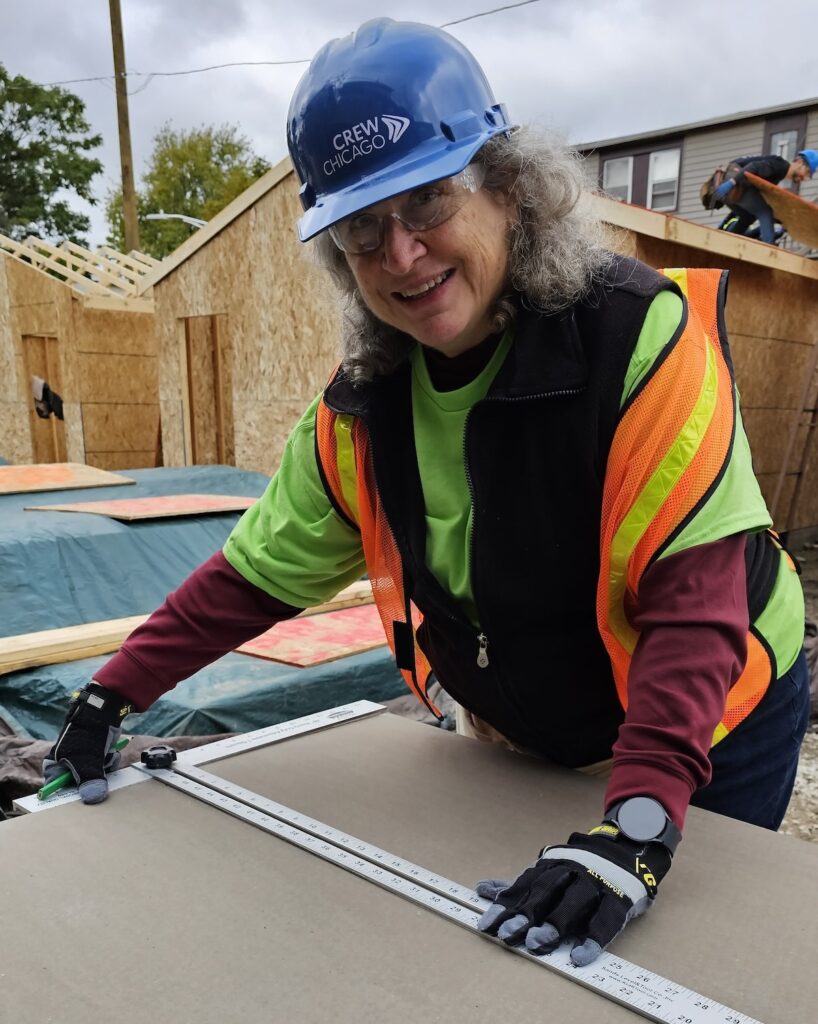
Kessler met Amory Lovins in the late 1970s. “I used to go to all of the passive solar energy conferences, and I remember Amory talking about the soft energy path, and I bought all his books back then,” she says. At the time, she was working at the University of Arizona Environmental Research Laboratory (ERL) after having graduated from the University of Arizona College of Architecture.
The ERL — an independent department loosely affiliated with the College of Agriculture — was doing work on the confluence of power, water, and food. They had a cogeneration system that used waste heat to heat the greenhouses. The waste carbon dioxide helped the tomatoes grow more quickly. This was in the 70s and early 80s, when very few people were talking about integrative design. “It was very exciting to me,” she says.
To explain integrative design and whole systems thinking to her students, Kessler uses a building systems analogy: “It’s all about how different systems interact with each other. So a great example of integrative design is what color paint you choose for the interior of a building. If it’s a dark paint, how does that affect the lighting system? If you need more lighting, because it’s dark paint, and the lights put out more heat, how does that affect the HVAC system? If it’s a light paint, how does that affect lighting and the HVAC system?”
Creating Sustainable Communities
That integrative approach is one reason Kessler supports RMI. One of the things she appreciates about the early days of RMI was the work the organization was doing with communities. RMI had a Sustainable Communities Practice for 20 years, focused on fostering sustainable local economic development and collaborative decision-making. Now, community engagement is a core value of all of RMI’s work from cities in the United States to rural communities in the Global South. “The idea that you could do what we’re talking about here with integrative design and technology, and do that work with communities, was fascinating,” she explains. “I think that you can’t get anywhere without that community work. I mean, the technology can only go so far. At the end of the day, it’s all about people and how we work together.”
The technology can only go so far. At the end of the day, it’s all about people and how we work together.
Kessler tries to keep the community aspect in mind in all of her work too. About six years ago, Kessler and a colleague started a new company called Upfront Regenerative Design, to help build inspiring vibrant communities and ecosystems. “Our idea there is to understand wholistic living systems thinking while being much more involved with community,” she explains. “We want to know the story of a place so we can really understand the context of what we’re building.”
Making a Difference
Kessler’s community focus is represented in some of her favorite projects that she worked on as a sustainability consultant. One of these is the synagogue for the Jewish Reconstructionist Congregation in Evanston, Illinois. The congregation wanted the new building to reflect their core value of environmentalism. Once built, it was the first house of worship in the world to achieve the highest “platinum level” by the US Green Building Council’s Leadership in Energy and Environmental Design (LEED) green building rating system. “It provided incredible connections with the community,” says Kessler. “While most religious communities have been shrinking, after the project was built, that community actually grew.”
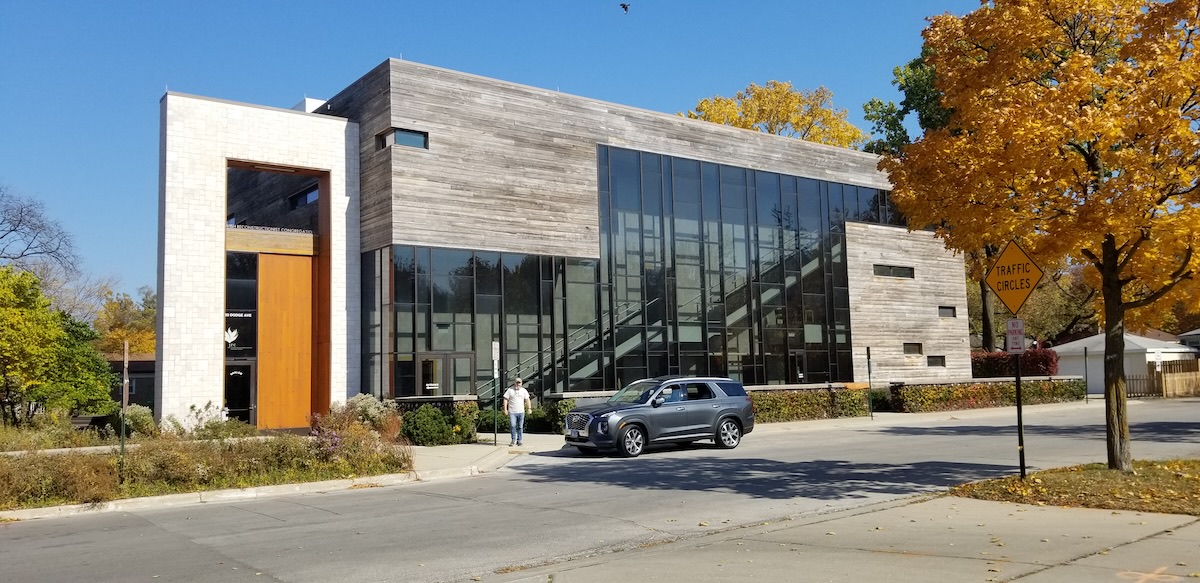
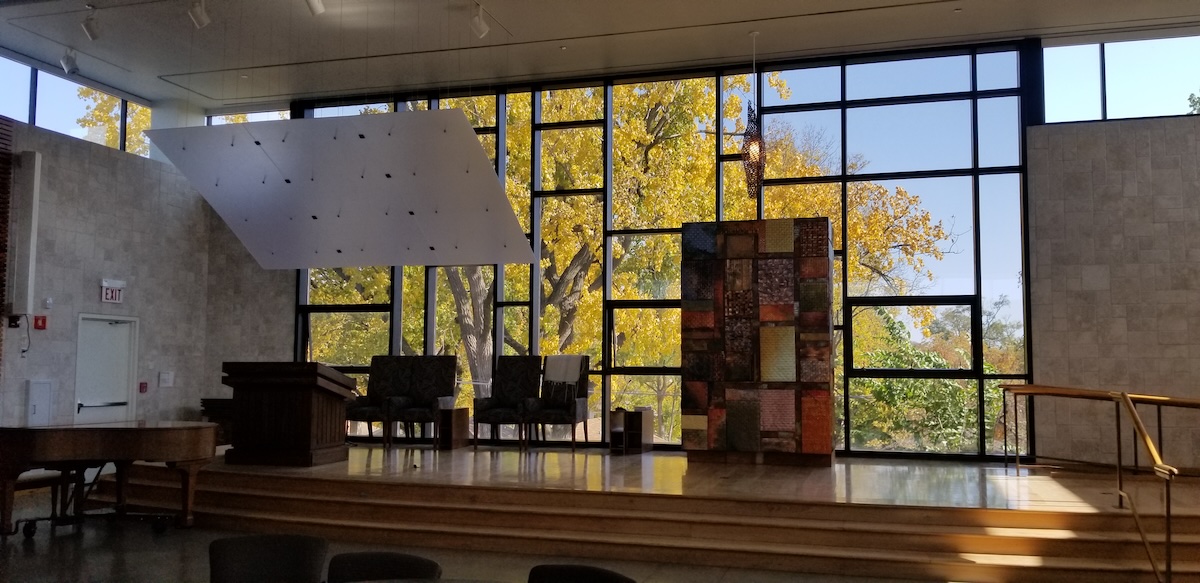
The exterior and interior of the JRC synagogue in Evanston, Illinois
Another project Kessler worked on, the 61,000 square foot Legacy Charter School, which serves pre-kindergarten through eighth grade, is also a LEED platinum building. In this low-income, inner-city Chicago neighborhood, institutional-looking buildings often have negative connotations. So the team needed to come up with something not only efficient, but also inviting, engaging, and fun. “It’s not just about the building, the building is static, it’s just there. It’s about the people inside the building, and how the people interact with the building, and how the community interacts with the building,” says Kessler. In addition to her work on the building, Kessler also worked with the faculty to create an energy efficiency curriculum using the school as a teaching tool.
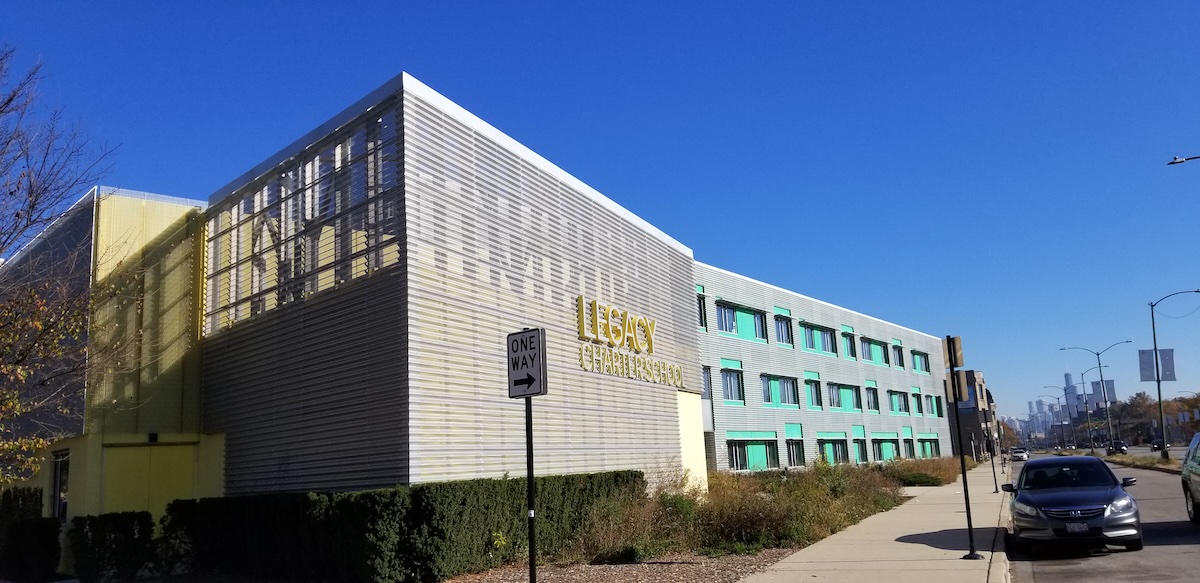
The Legacy Charter School in Chicago
Passing on the Torch
Kessler says she is most optimistic about the number of young people interested and excited in her chosen field. And she is proud to be teaching them about integrative design and whole systems thinking.
“I want students to actually see the silos that we created for ourselves, see how fragmented we are, and then see how we can look at things from a point of view of larger nested systems,” she says. “I want them to see how we can come to a reconciliation by delving deeply into what everyone ‘wants’ rather than settling for compromise and fragmentation.”
Much like Kessler to her students, RMI challenges its experts to do the same, discovering ways to disrupt the systemic inertia that is holding the energy transition back. We work as both agitators and collaborators within systems, and our ability to do that drives impact. We count ourselves lucky to have long-time donors like Helen Kessler who understand and support that.